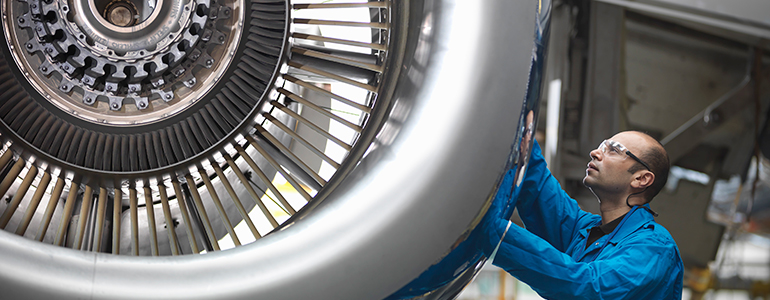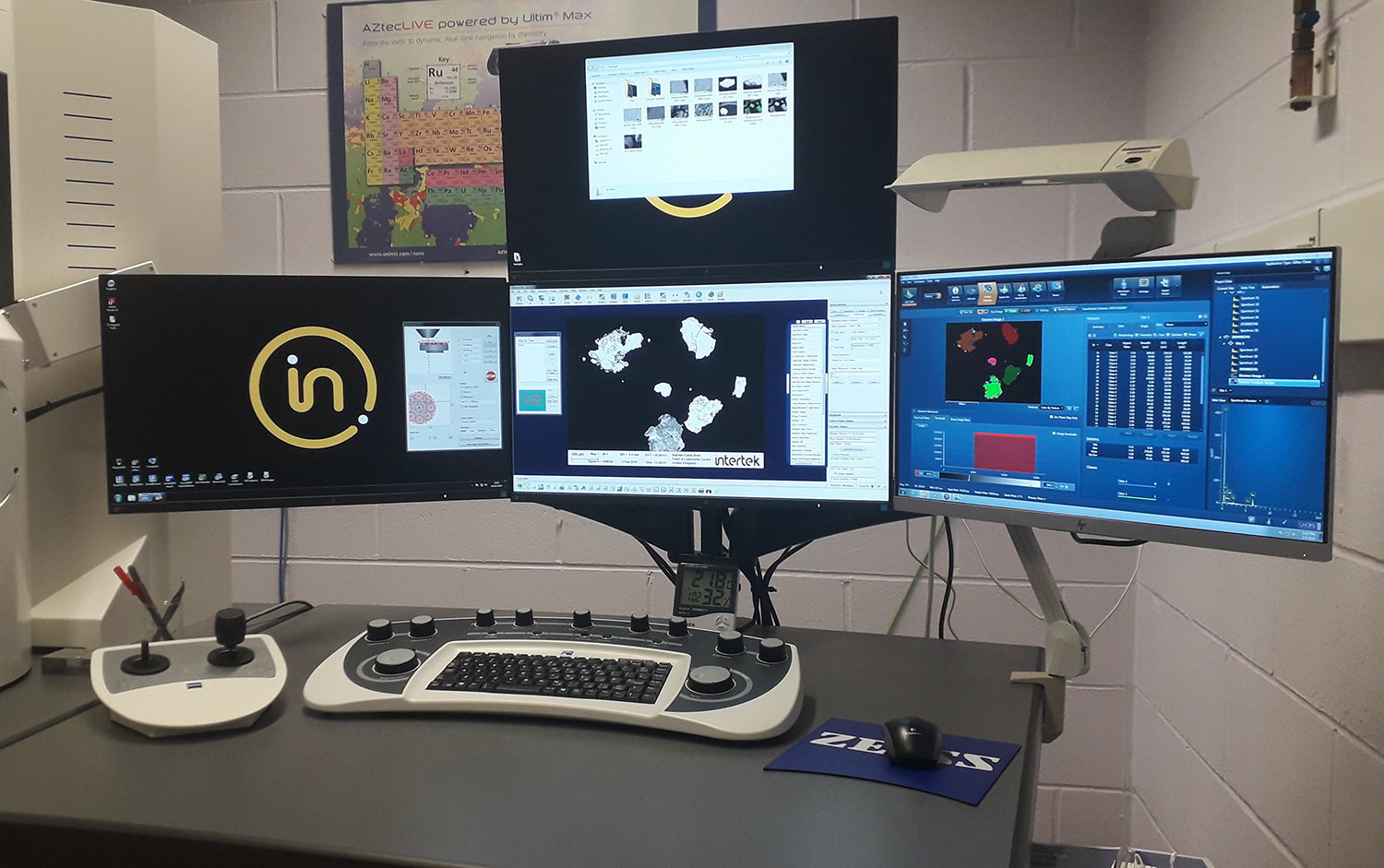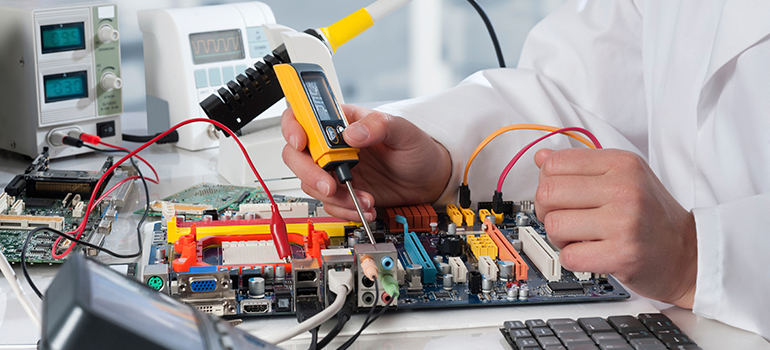Wear Debris Analysis Innovation using SEM technology

Why Caleb Brett's investment in cutting edge SEM technology enhances wear debris analysis capabilities for clients
12 March 2019
Investment in innovation
Intertek Caleb Brett have recently invested in a new Scanning Electron Microscope (SEM) x-ray system. Housed at the Fuels and Lubricants Centre in Farnborough, UK, the new equipment has greatly enhanced the wear debris characterisation capabilities of the laboratory.
The new equipment builds upon the existing innovative service run by the laboratory which utilizes the cutting edge technology to provide condition monitoring services to clients with unprecedented accuracy.
Wear debris is generated within any rotating system, by analyzing the debris it provides clients with a picture on the condition of their systems, enabling informed decisions to be made on machine maintenance and providing insight into the health of assets.
Expanded applications and capabilities
While the existing system already provides highly detailed morphological and compositional information on debris the new equipment boasts a multitude of benefits including increased accuracy, reduced turnaround time and the capability to analyse larger and more complex specimen. Additionally the advanced methodologies included in the new system will aid the development of new in-house methods for wear debris characterization.

The greater specimen capacity enables the examination of specimens measuring 300 mm Ø x 210 mm high and weighing up to 5 Kg. The larger specimen chamber also allows samples with complex geometrical shape to be examined more easily employing the 5-axis specimen stage.
In addition the LaB6 electron gun fitted to the microscope generates a higher probe current than a conventional tungsten gun giving better contrast, resolution and signal-to-noise ratio. The stability of the beam also makes it better suited to automated debris analysis while higher brightness and contrast makes thresholding for particle characterisation easier and more consistent.
Up-dated stage navigation software/algorithms makes for easier and therefore quicker objective examination of debris samples and the combination of a better gun performance and higher sensitivity from the EDS detector makes automated particle characterisation feasible.
There are a number of advantages for using SEM for particle counting over standard automated methods particularly for samples not suited for routine methodology. As well as counting and sizing the particles within a sample, the shape parameters or morphology of individual debris particles can be measured indicating the wear type occurring within the parent system. It is also possible obtain compositional information during or post analysis if required.
About us
Intertek Farnborough Fuels and Lubricants Centre have extensive experience and expertise in providing wear debris analysis to clients, having operated the service for over 40 years with applications covering a vast range of sectors including defence, aerospace, marine and renewable energy.
Find out more
For more detailed insight into the increased analytical capabilities and applications of the SEM and how this can support condition monitoring needs with increased efficacy download our case study
Today's expert blogger is Tim Nowell, electron and optical Microscopist and Wear Debris Specialist at Intertek Farnborough Fuels and Lubricants Centre. Tim joined Intertek in 2012, he is highly experienced in method development and implementation and an active member of the BINDT Lubrication Analysis Working Group and Condition Monitoring Technical Committee. Tim has extensive experience in SEM technology and has over 20 years' experience in the wear debris characterisation.
Tags: 2019 | Aerospace | Energy | Oil and Gas | Renewable Energy | Tim Nowell | Transportation

Tim Nowell
Principle Analyst
Intertek Farnborough, Caleb Brett


